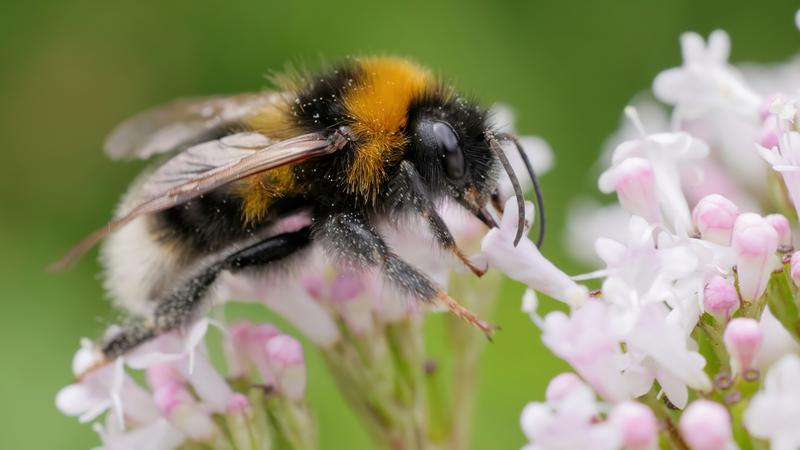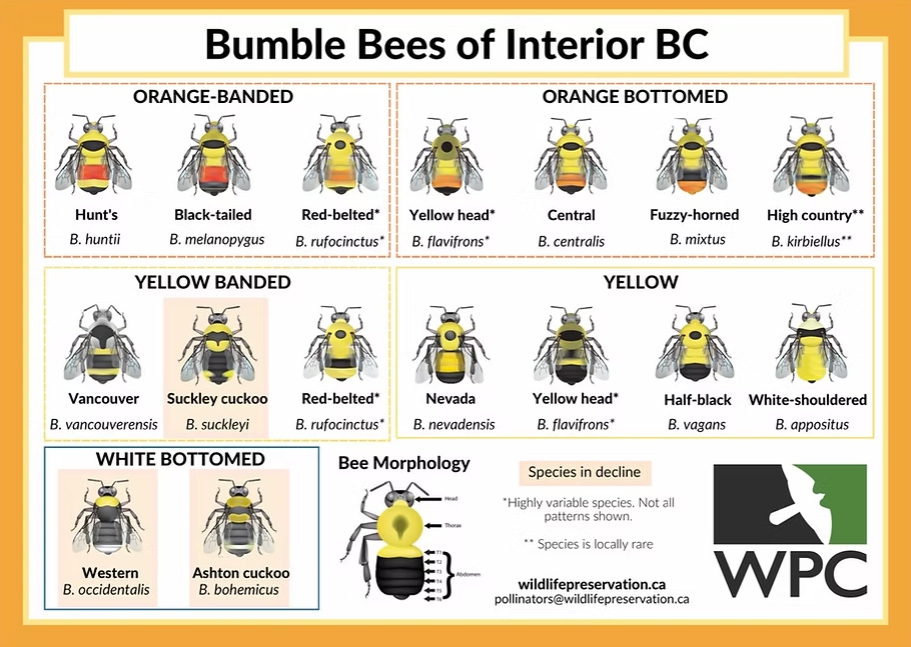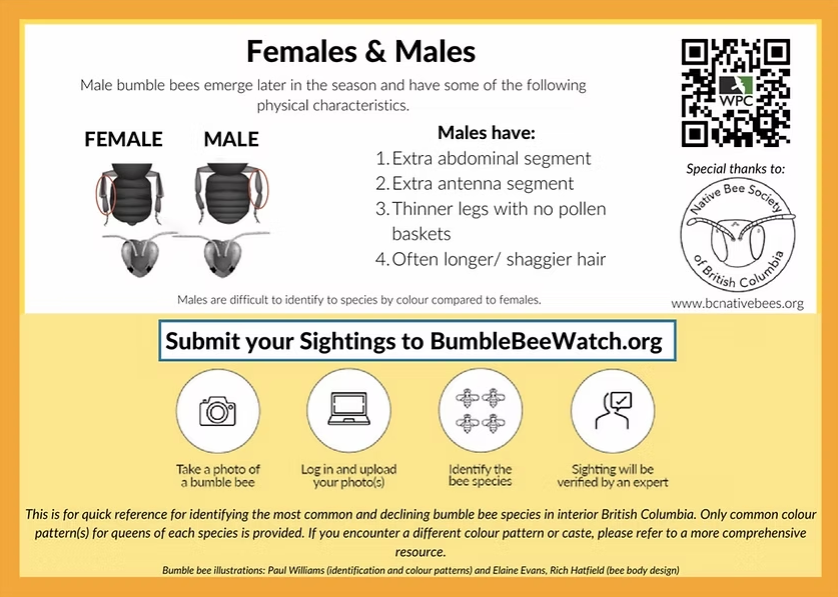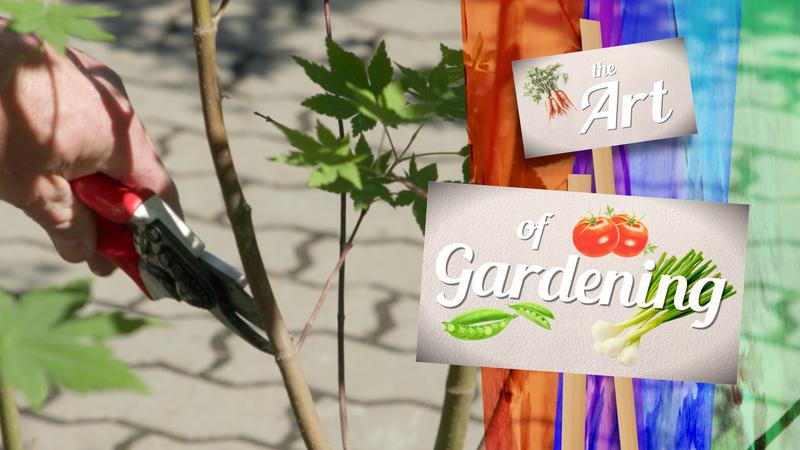
SOUND OFF: Let it Bee! Creating pollinator friendly gardens in Kamloops
IT HAS ALWAYS BEEN SO EASY to reduce bees to simple honey-making, anaphylaxis-inducing insects. Without a deeper understanding of the relationship between these pollinators and our everyday lives, we risk losing so many overlooked daily pleasures. From our most comforting foods to our favourite flowers, pollinators are inevitably intertwined with the existence of something that you love. As someone who always found these fuzzy, gravity-defying insects endearing, I was ashamed to realize how little I actually know about bees; these little critters do so much for us, the very least we can do is understand the basics. In this article, I will be sharing what I have learned while attending the 2025 Kamloops Pollinator Festival and how our everyday yardwork practices could be harming our friendly neighbourhood pollinators.
When I picture pollinators, I envision delicate butterflies and chunky bumble bees; hives forming under balconies and wasps bombarding outdoor meals. It was only when I approached the Master Gardeners Association of BC and saw the massive array of pollinators on display, that I could begin to understand how little I really knew.
BC is home to nearly 600 species of native bees, over 70 per cent of which spend the majority of their lives underground (Blackmore. Sedgeman, 2024). These bees are mostly solitary and do not form the classic bulbous hives we are accustomed to seeing in children’s books and cartoons. Why is this so important to know? Because it’s spring, and spring means yard work: mowing lawns, landscaping, planting, raking, digging… the hive hanging from the corner of your garage may be safe but if most of our pollinators are under our feet then that mower could be doing more harm than good.
 Image Credit: BC Native Bees
Image Credit: BC Native Bees


